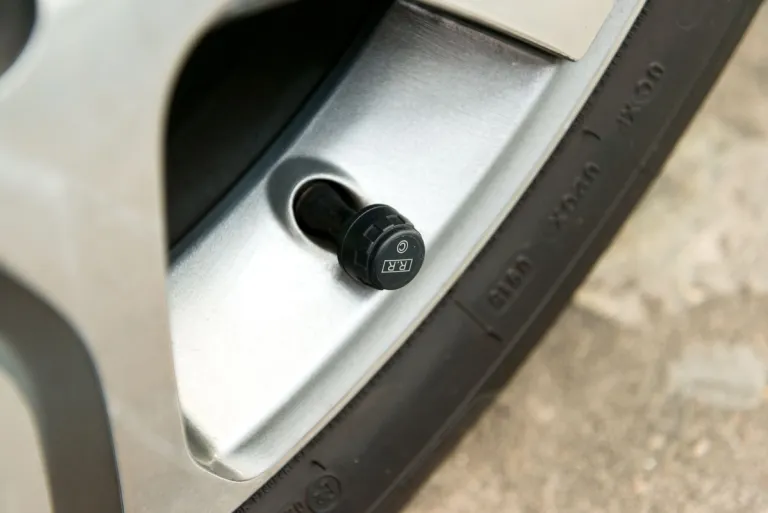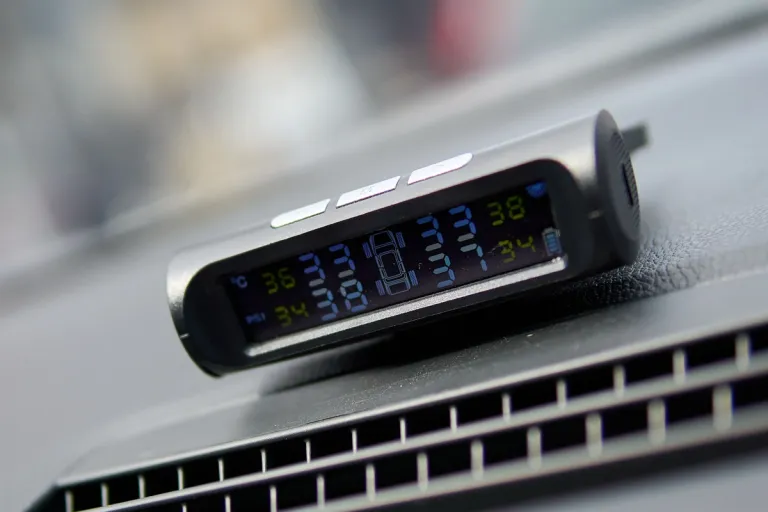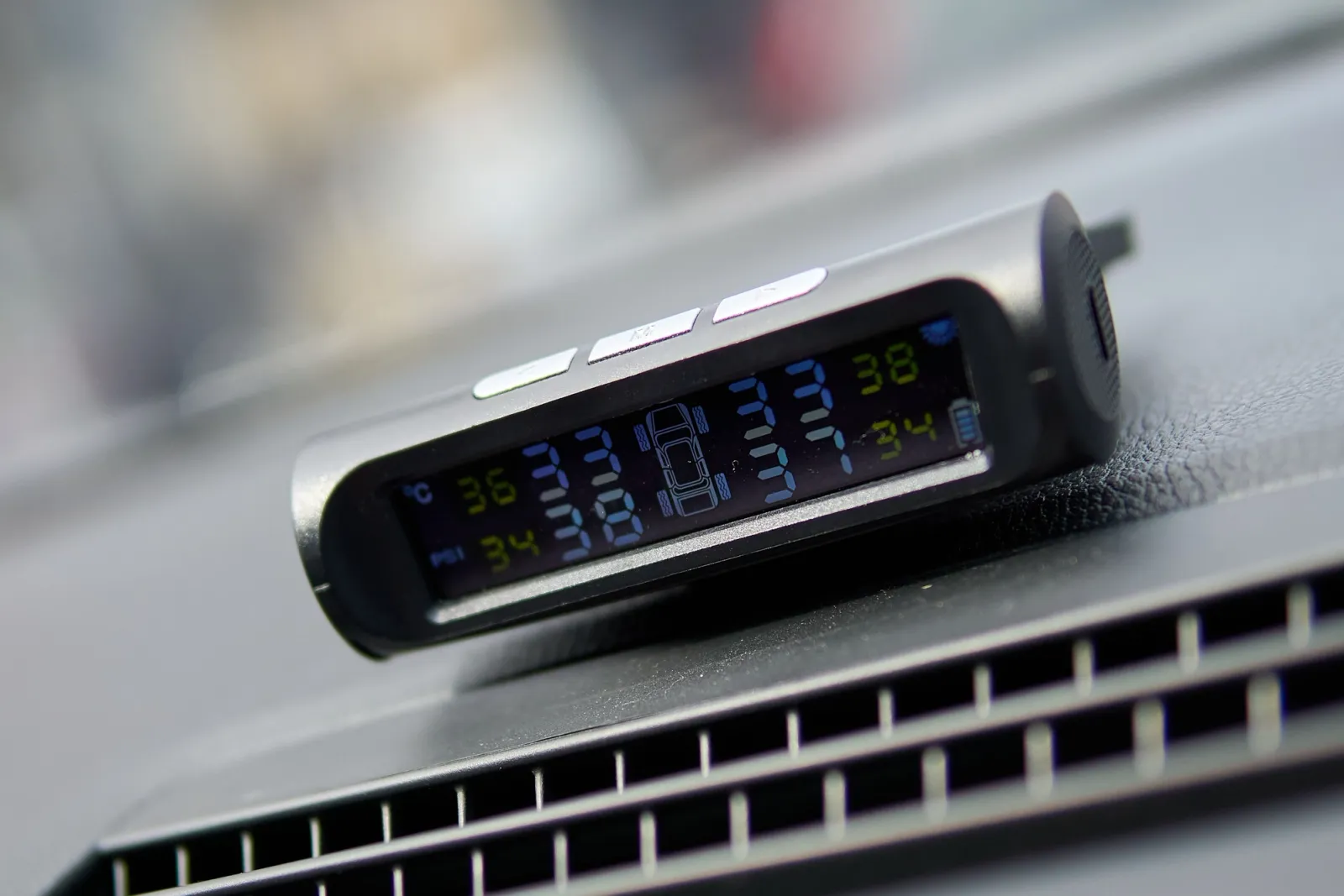After many questions at the Bingara National Rally, we wrote an article on selecting the right RV tyres and how to maintain them. If you missed it, it’s in the January 2023 issue of The Wanderer or you can visit ktinsurance.com.au/blog and search for ‘tyres’.
We touched on how crucial correct tyre pressures are to safety and comfort. Over-inflation can reduce performance and comfort, but underinflation is far more likely to result in tyre failure by generating excessive heat. If there isn’t enough air to support the tyre for the weight being carried, it will deform more than it needs to and get hot. Impacts could also crush the tyre between the rim and the road, sort of like an air bed where you touch the ground because it’s gone flat but moving at speed!
We’d strongly recommend carrying at least 1 and preferably 2 tyre pressure gauges, allowing you to cross check your readings without relying on the accuracy of service station air compressors. Bonus points if you carry your own air compressor!
Far more convenient though is a Tyre Pressure Monitoring System or TPMS for short. These can show you the pressure in each tyre from the convenience of the driver’s seat. Many allow you to set low- and high-pressure alarms to alert you if there’s a problem. Some modern vehicles come with these as standard, often fitted to the rim, but you can buy standalone TPMSs that easily screw on to the valve stem in place of a valve cap with an in-cabin display unit or app for your favourite device.

tyre pressure monitor valve on wheel
A good TPMS is accurate for pressure, but I personally wouldn’t rely on them for tyre temperature. Whether the sensor is fitted in the rim or on the valve stem, it’s largely reading the temperature of the rim, which is heated more by the brakes than the tyre or air within it. This can still be interesting to monitor as it can pick up things like a hot wheel bearing on its way to failure, but if you’ve got a TPMS, take a look at the temperature change after braking down a long hill and you’ll see what I mean.
You can, however, use a TPMS or tyre pressure gauge to get a feeling for whether or not your tyre pressures are in the ball park by looking at pressure change from cold to hot.

tyre pressure monitor on dash of vehicle
Tyres will always heat up to some degree during driving, causing tyre pressures to rise as the air expands. It’s recommended to check and set your tyre pressures when cold after being parked overnight, but a short drive at low speed to reach a service station won’t make much difference.
Once you’ve set a cold baseline, you’d expect to see a 5-10% tyre pressure rise from cold to hot if your tyres are correctly inflated. If you’re seeing 15-20%or more on anything other than a scorching hot day after a very cold night, it’s more than likely caused by underinflation, meaning it would be a good idea to slow down until you can air up.
Of course, you should follow the advice of your RV’s manufacturer with the pressures listed on its tyre placard. You can also contact the manufacturer of your RV’s tyres or visit your local tyre shop, but we hope this article has provided some practical knowledge to better understand and manage tyre pressure.
In the market for RV insurance?
Consider KT Insurance for your next adventure.

